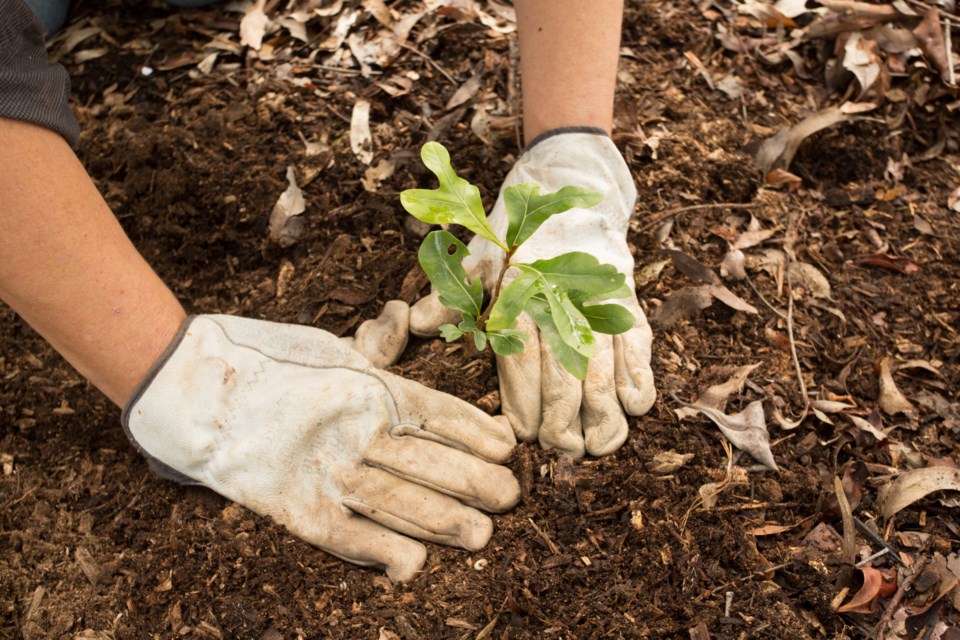For the past 12 months, good news has been virtually impossible to find in British Columbia’s beleaguered forest sector. But you know what they say about dark clouds and silver linings. So, in my exhaustive search for something positive to report in the lumber business, described by industry analyst Russ Taylor as a “perfect storm,” I turned to the people who plant the trees. Eureka!
“I like to think that we are always a good news story…but I might be biased,” says John Betts, the Nelson-based executive director of the Western Forestry Contractors Association (WFCA).
With hundreds of thousands of hectares of forest wiped out in recent years by the Mountain Pine Beetle epidemic and two consecutive years of record wildfires, reforestation has once more become a top priority.
“To be perfectly honest, our industry was expecting to be in another slump by now,” admits Betts, referring to the crisis which has seen thousands of loggers, sawmill employees and other related support workers laid off over the past year.
“We are facing a perfect storm in a good sense,” says Betts.
Buoyed by an unexpected influx of provincial and federal funding, the WCFA is expecting 2020 to be a record year for silviculture across BC with approximately 300 million seedlings to be planted.
“Our challenge at this point is rising in our capacity to increase 15% in one season,” notes Betts.
He admits to being a little concerned about the daunting task ahead, citing several variables including extreme weather, floods and yes, more fires.
“There is only so much you can expect of this industry at this point,” cautions Betts, “we need a lot of cooperation from circumstances to get these trees in the ground.”
Asked why he believes senior governments have taken a renewed interest in reforestation, Betts contends that they have little choice.
“Right now, the landscape is going to the next climate,” referring to a growing focus on reducing greenhouse gas emissions.
“Governments realize it is far more palatable to tell the public that we are going to plant trees to sequester carbon, than to reduce consumption of GHG contributing products.”
With annual government funding of around $310 million, this new wave of tree planting appears to be a long-term strategy. Some 4,500 workers planted approximately 270 million trees last year, and the WFCA expects that figure to grow by about 500-600 workers in order to meet the goal of 300 million seedlings in the ground.
“We’ve been kind of getting away with not improving wages for the workforce, hoping the industry would remain attractive,” laments Betts.
Over the past year tree planter wages have increased 15 to 20% which Betts says was necessary to attract workers. Until recently, many planters were barely making minimum wage; now, an experienced planter can earn at least $250 - $300 per day.
“The rates went up which didn’t please companies, but they also recognize that a correction was overdue,” says Betts.
While forest industry experts know all too well the struggles are far from over for BC’s lumber producers, at least seeds are being planted like never before.
As always, I welcome your comments and criticism on Twitter @kammornanchor and email [email protected].
Bob Price is a veteran B.C. broadcaster who anchored the morning news on CHNL radio in Kamloops for the past 30 years. Bob is also a past Webster Award winner whose previous stops included Vancouver and Calgary.
SWIM ON:
- In June, Bob Price looked at the forestry industry and saw only certain uncertainty.
- Dene Moore: In many communities, people who depended on forestry are just holding on.
- If you want good middle class jobs, writes Mark Milke - let the resource sector flourish.



